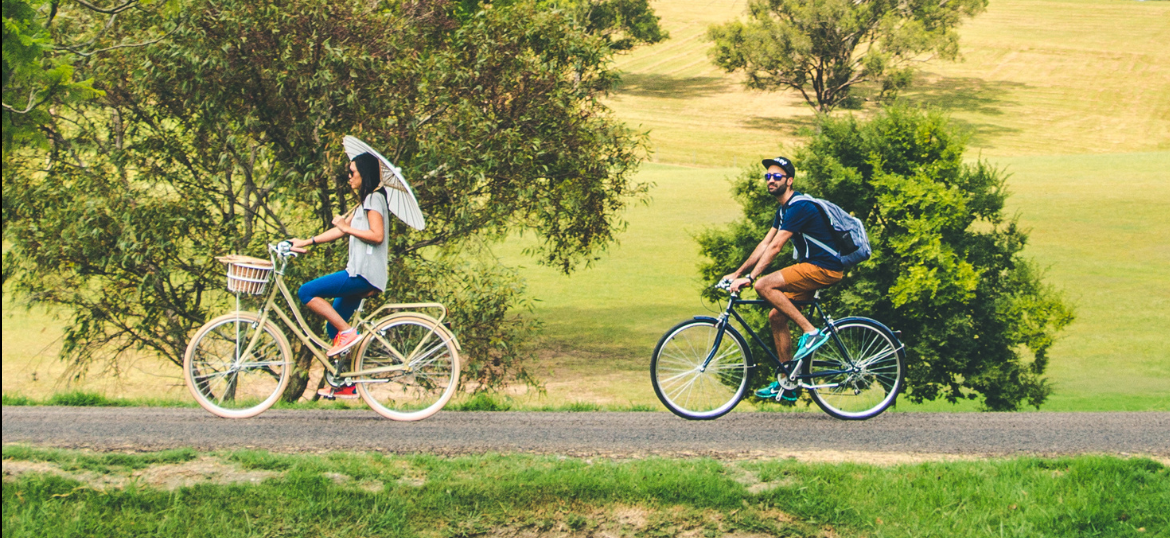Winter is approaching, and with more and more people choosing a cycle commute to get to work or school, it’s important that we know how to adapt to these colder, darker months and stay safe. Soon the mornings will be darker, and evenings will start to creep in earlier, but you shouldn’t let this discourage you from getting out on your bike. Instead of giving up your car-free commute or weekend bike adventures for the winter, read our few steps to cycling safely in these months and embrace the change!

Check that your bike is fitted with the correct lights and reflectors
So that all cyclists can see and be seen in these months, it’s important to understand and adhere to the legal regulations on bike lights. To ensure you can clearly see where you are cycling and easily be seen by other road users and pedestrians, The Highway Code states that at night your bike must have white front and red rear lights lit. Your bike must also be fitted with red rear reflector and amber pedal reflectors if they were manufactured after 1 October 1985. White front reflectors and spoke reflectors will also help to make you more visible to other road users. You can also opt for a combination of steady and flashing beams to make sure drivers are aware of your presence.
Make sure you’re suited and booted for winter cycling
It may seem obvious but making sure you are wearing bright and reflective clothing is essential to safety in these darker months. If you are commuting home from a day at the office make sure to layer up over your work clothes with something brighter and reflective.
Now that we’ve got essential safety covered, let’s talk about how you can layer up to keep warm. Layering is key to cycling in comfort in these months and will make your winter commute or bike ride a lot more enjoyable. Arm and leg warmers combined with your regular jersey can help to fight off the winter chill but also give you the flexibility for removal mid ride if it starts to warm up. For those windier days or intermittent showers you can get away with a packable lightweight rain jacket or gilet, and on the wetter or colder days an insulated and waterproof winter jacket is definitely recommended. Final parts of your winter kit should include a snood/headband/cycling cap and some gloves and overshoes to protect yourself against the cold. Master your layering and you’ll forget it’s winter!

Keep your bike in good condition
In these months with more rain, leaf fall and damp road conditions it’s essential that you are looking after your bike to keep it in the best condition for use. Although after you get in from your cycle it may be the last thing you want to do, giving your bike even just a quick wipe down with a damp cloth will make all the difference. This will help to avoid rusting, making sure your bike parts last longer and perform to their best ability. After cleaning it’s vital to keep your bike indoors and/or covered to prevent rusting and aluminium corrosion.
Hopefully you feel more confident about getting about on your bike this winter. Although it’s key to be prepared, remember there is a limit to how much you can ensure safety if there are clear hazards on the roads such as floods or sheet ice. In summary, kit out you and your bike, know your limits and enjoy the last few months of cycling for 2022!




